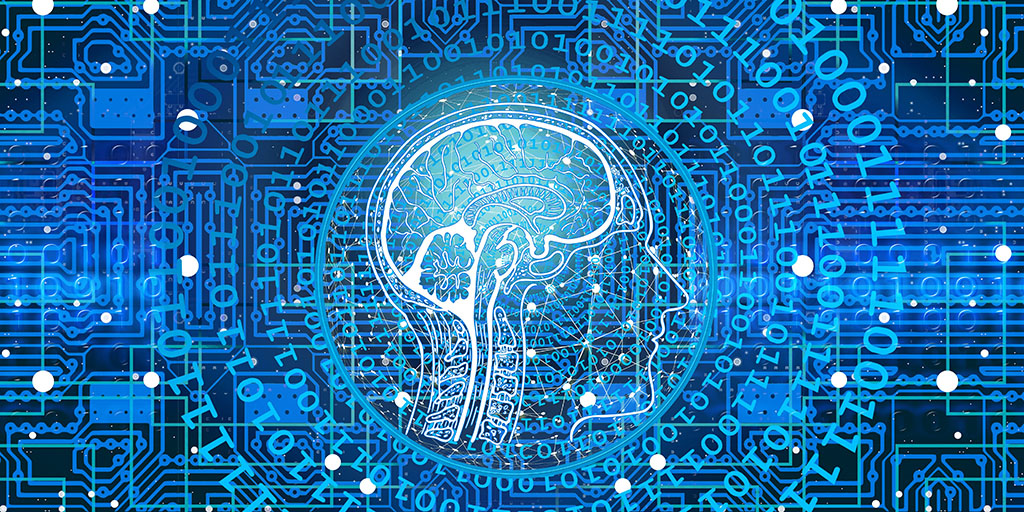Managers are turning ever more frequently to artificial intelligence (AI) to solve problems that are hard to tackle with algorithmic approaches. But AI is not successful at solving all problems. Only those challenges that have large data sets available for analysis and where less-than-perfect solutions may be acceptable make good candidates for AI-based problem solving.
What manager has not yet heard of AI, or artificial intelligence, being touted as the technology of the future? Browse any business magazine, such as Forbes, Wired, Inc., or Harvard Business Review, and AI seems to be on the tip of everyone’s tongue. But AI is not a new technology. The term artificial intelligence was first used in the 1950s to describe the concept that machines could be made to simulate any aspect of human learning or intelligence In 1965, Nobel laureate Herbert Simon was quoted as saying “machines will be capable, within 20 years, of doing any work a man can do” . And now, 57 years later, although we have gained significant insights into teaching computers to think and act like humans, we are still a long way from Simon’s prediction becoming reality.
To avoid being left behind by technological advancements, managers and executives need to understand what AI can and cannot do, now and in the future. This means understanding how AI works, and what makes it different from other technologies. Let’s first have a look at how von Neumann computers have been, and still are, used to solve problems. For a given problem, such as the scheduling of airplane departures, computer scientists and engineers use human reasoning to develop an algorithm. This takes as an input a collection of scheduled flights and, for each flight, calculates a departure slot and runway to use. The solution to the problem is therefore derived by applying algorithms to data.
AI takes a different approach to problem solving. It tries to mimic how humans operate. As any current or former student knows, problem solving starts with studying past problems and their solutions (remember those hour-long case study discussions during lectures?). In the airport example, students would spend time observing planes departing, collecting data about when scheduled planes take off, which runway they use, and other information such as wind speed and direction, what planes are landing, the level of traffic on taxiways, etc. Having collected a large set of data, students would move to actual problem solving. But, just like in school, they would first need to pass a test. They would be given schedules and have to allocate departure slots and runways, maximizing the operational efficiency of the airport. If the students pass the test, they would then be allowed to schedule real-life departures. Observation of these situations leads us to three conclusions: first, students rarely score 10/10 at these tests. Second, students learn from their mistakes—poor allocation of runways leading to congestion, for example—to improve their test scores next time round. Third, students may not be able to explain why they choose to allocate one departure slot and runway over another.
Although a broad range of approaches to AI-based problem solving exist, they all share four key traits:
- AI problem solving is based on historical data that describes instances of the problem at hand and their associated
- As evidenced by mathematicians who have proved that learning is an NP-hard problem to solve, it is impossible to always score 10/10 in all
- AI uses past mistakes to improve problem-solving
- Learning from data is a cognitive rather than an algorithmic task, meaning that the human contribution to machine learning is limited to providing a coarse structure or
From this high-level analysis of AI, plus over 80 years of academic and real-life experience, one can derive three situations where AI can offer superior problem-solving capabilities:
- When no algorithm, in the Turing sense, exists to solve the problem. Or, if one does, it has significantly greater demands in terms of time, resources, or expense to
- When a large and high-quality data set of problem–solution pairs
- When suboptimal solutions are acceptable, as long as they are not
The most prominent type of problem that meets these criteria can be termed pattern–matching problems. Any problem that can be solved by identifying a pattern in a set of data and linking it to a solution is a good fit for AI-based problem solving. Examples of such problems include speech recognition (identifying words in audio clips), image recognition (identifying objects in images), game playing (identifying configurations and modes that lead to a winning state), fraud detection (identifying human behaviors that have been associated with fraud in the past), or self-driving capability in cars (relating the environment to actions).
If you are faced with a problem that you cannot solve with algorithmic approaches, you may ask yourself the following four questions to find out if your problem is a good fit for AI technology.
- Do you expect the solution to your problem to be related to the solutions of similar problems in the past? Is history a good predictor of the future?
- Do you have a large set of historical data describing specific instances of your problem and associated solutions?
- Is it acceptable to get a wrong, or less-than-ideal, solution, from time to time?
- Is it acceptable if you cannot explain, beyond pointing to historical data, why a given solution is sound for a specific problem instance?
If you answer YES to these four questions, your problem is probably a good candidate for an AI solution. If not, and your problem is unique, novel, or critical, then you need to turn to an alternative problem-solving approach.
